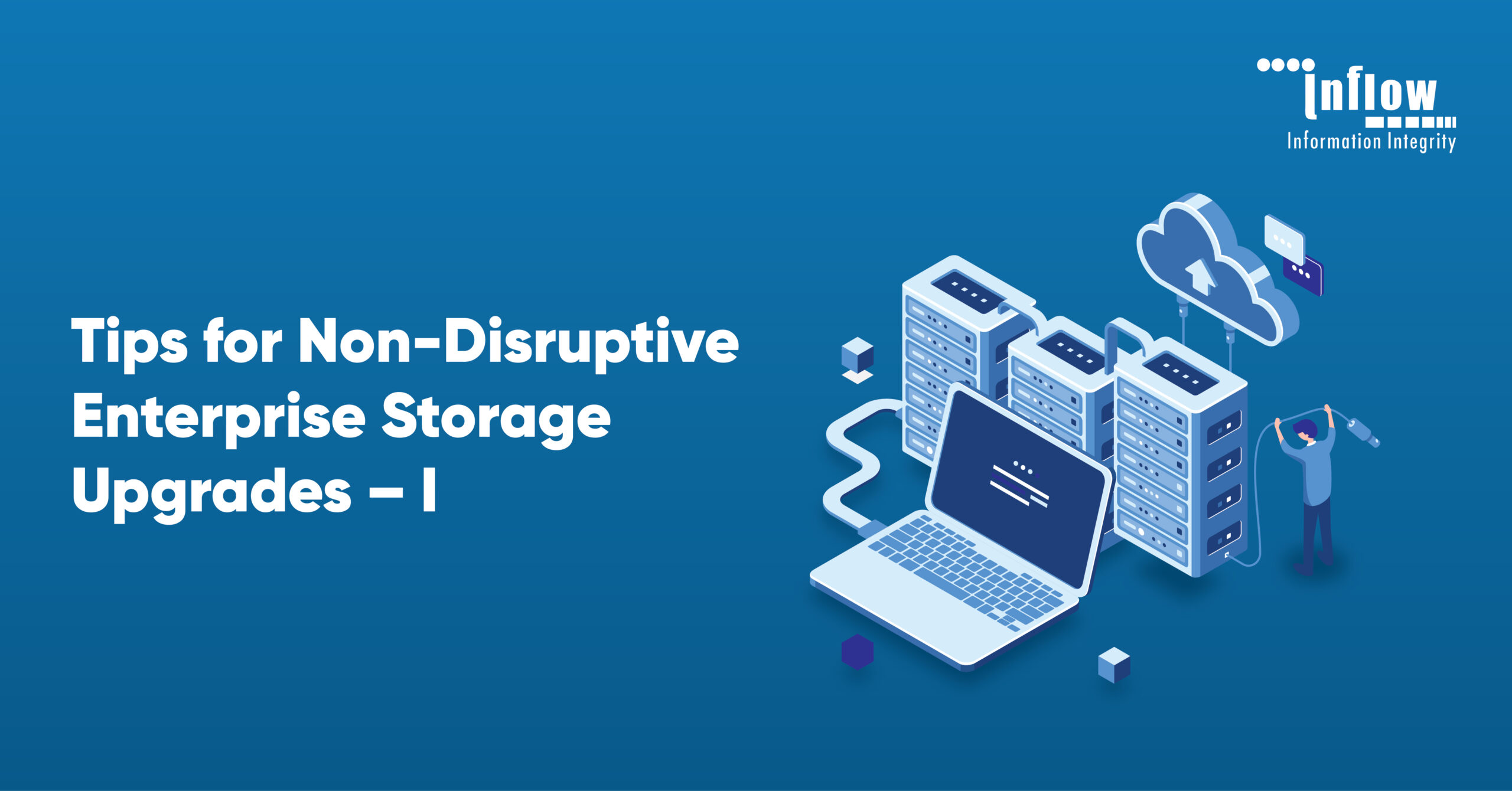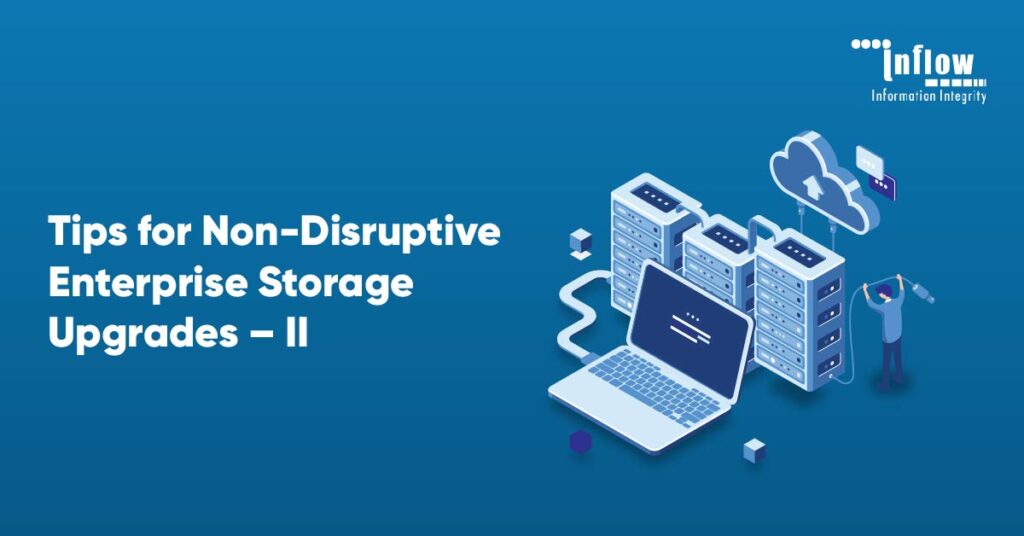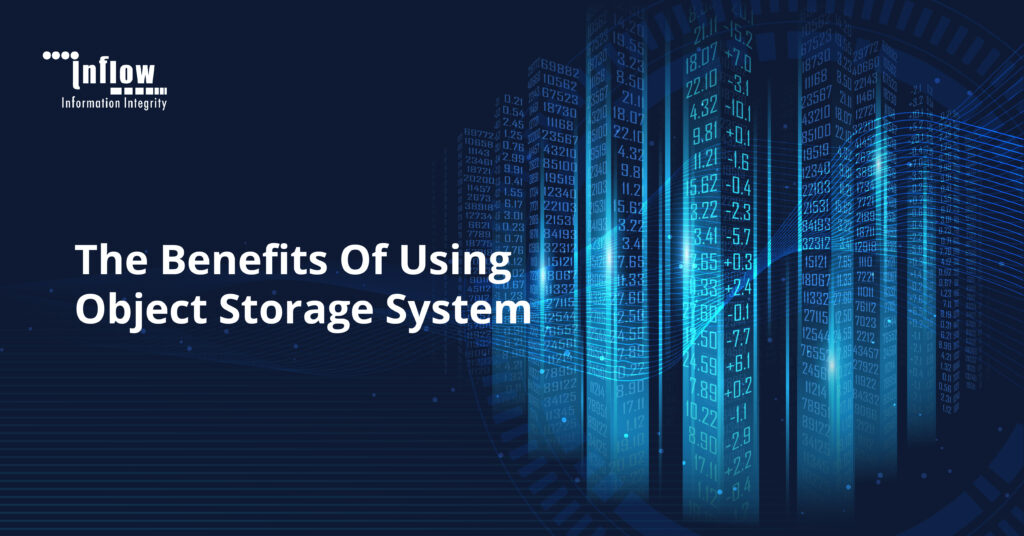
Throughout the lifecycle of an enterprise storage platform, administrators may upgrade the platform periodically. When we say ‘upgrade’, we refer to within-system upgrades that consist of firmware and software upgrades, software patches, and various hardware upgrades wherever applicable.
For storage platforms that host vital workloads, the ability to achieve within-system upgrades smoothly is critical. As this makes IT infrastructure dependable for critical business success, enterprises experiencing the digital shift adds to the demand for higher availability across different workloads.
Design choices and feature implementations can undoubtedly minimise upgrade risks. There are several variables to consider in a storage system that support a smooth upgrade.
IDC has noticed a rise in mixed enterprise workload consolidation as customers refreshed their storage infrastructure. While workload consolidation has economic and administrative benefits, it’s also likely to escalate the fault domain’s size. This demands for high availability in any workload consolidation system. The system’s availability is affected by the amount of redundancy and the failure recovery routines and the system’s behaviour during routine within-system upgrades. With many enterprise storage vendors promising to deliver 99.99% availability and reliability during a regular operation, customers must understand the upgrade process and their impact on the application services.
What Should Enterprises Look for in a Storage Platform to Support Smooth Upgrades?
Here are some crucial points with brief discussions on why they are essential:
A clean sheet approach:
Many enterprise storage systems being used currently were designed at least two decades ago. Architectural objectives, performance, availability and functionality were distinct from today. Persistent flash was not imminent, and in-line storage efficiency technologies were non-existent – to cite examples. Even when these systems upgrade to support new media types, the architectural foundation stays almost the same. Although a few enterprise storage systems had smooth upgrades in the past, there were no expectations. A clean sheet approach facilitates the release from legacy baggage, resulting in systems designed to meet the modern requirements.
Software-defined designs:
Many of the established enterprise storage platforms were hardware-defined. The recent trends in enterprise storage incline towards software-defined designs. These are excellent when you move more functionality to the software as it is simpler to enhance them with new features. They will also improve upgrade capabilities, better accommodate new hardware technologies, device geometries, and increase flexibility.
New software releases can perform better while offering critical new functionalities without hardware upgrades. While a few functionalities can move into the software with old hardware-defined designs, a clean sheet architecture with software-defined design provides greater flexibility. Software-defined designs facilitate the virtualisation of front and back end of a storage system. This design enables functional updates to both halves that do not enforce ripple effects on each other, resulting in a more reliable upgrade. They also allow fault isolation to minimise the impact of any failures while enabling less complex fault management routines. These help in failure recovery and upgrade execution.
OS architecture placing OS features in the user space:
Legacy storage operating systems built with a single block of the design were prone to failures even when a small glitch showed up. These storage operating systems also needed exhaustive regression testing after the addition of new features. They also posed severe risks in the process. Modern designs restrict core infrastructure plumbing to the kernel, making it smaller and reliable. This helps to run features like data reduction, snapshots, encryption, QoS, replication in user space. This way, any failure or upgrade in the features will not affect the kernel, helping the system continue servicing applications.
Enterprise storage array vendors commonly practise these three design considerations. However, Infinidat, our partner in the storage & server space, focuses on selling large scale systems designed specifically for dense mixed enterprise workload consolidation. They have surpassed the above three common approaches and enhanced their ability to offer non-disruptive operations with incredible innovation.
Stay tuned to know more on this in our next blog.






No comments yet.
Leave a Comment
Let us know your thoughts on this !